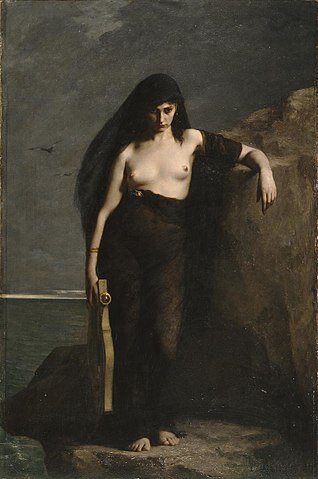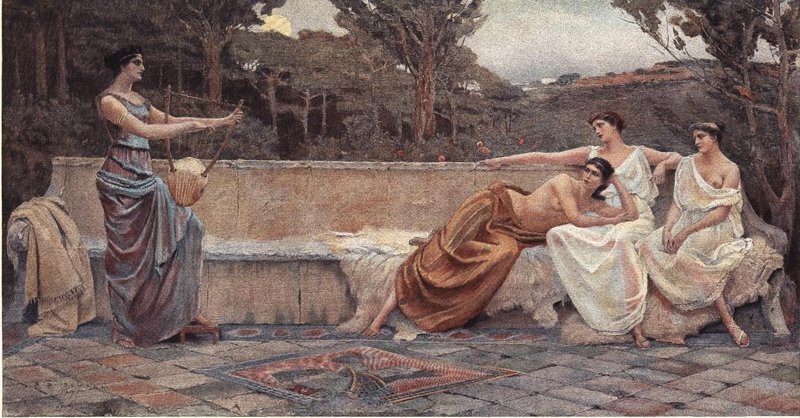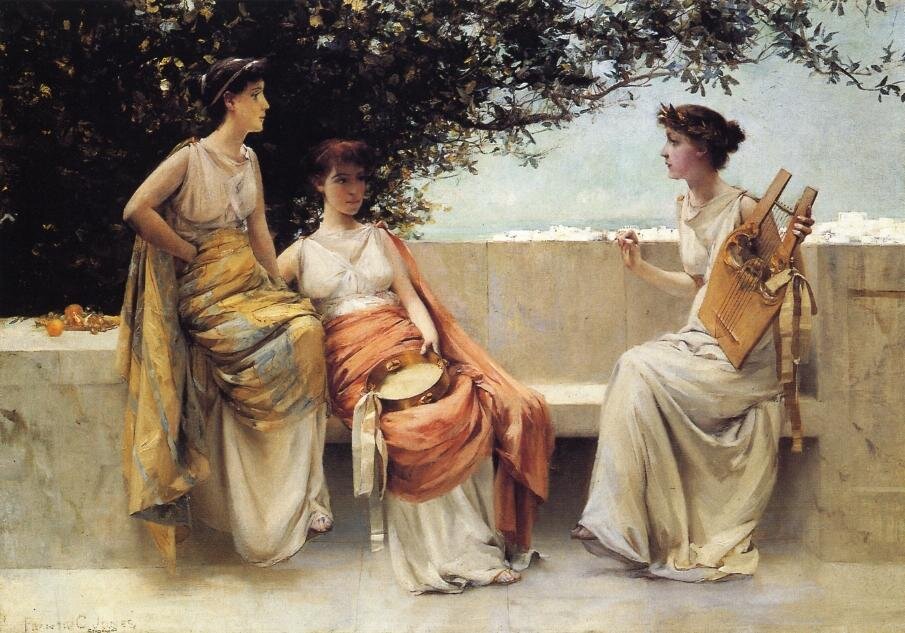28. Anne Lister Goes to TGIFemslash
/Welcome to Gretchen and Leigh’s annual episode hosted live at TGIFemslash! This is the con where it all began, and what better way to celebrate our origins than with the ‘first modern lesbian’, Anne Lister! The protagonist of HBO’s Gentleman Jack, Anne Lister was a 19th century British gentewoman who wanted to live as the 19th century British gentlemen did, including loving and marrying women, which she wrote extensively about in her diaries, but in a secret code. So join us as we learn more about her life, her loves, and her diaries, and you can even play along with the games we hosted live at TGI!
If you would like to get involved in the Anne Lister Transcription Project, head over to their website!
This year, we decided to literally bring our subject to life. AKA, Leigh revived their Anne Lister/Gentleman Jack Halloween costume and we had some fun!
Leigh and Gretchen getting set up for their panel at TGIFemslash
Anne Lister and Thermometer with fans!
A Closer Look at Anne Lister
Portrait of Anne Lister by John Horner (ca 1830).
portrait of Lister, probably by Mrs Turner of Halifax (1822).
One of Anne Lister’s many diaries in all it’s glory.
A close up page from Anne Lister’s Diary, dated May 28, 1817. (note the cross in the margin!)
The Anne Liste code.
Modern day shibden Hall.
Play along with us and try your hand at Who Wants to Be a 19th Century Lesbian!
If you want to learn more about the Anne Lister and her diaries, check out our full list of sources and further reading below!
Books
Gentleman Jack: The Real Anne Lister by Anne Choma
I Know My Own Heart: The Diaries of Anne Lister 1791–1840 edited by Helena Whitbread
No Priest But Love: Excerpts from the Diaries of Anne Lister edited by Helena Whitbread
The Secret Diaries of Miss Anne Lister edited by Helena Whitbread
Presenting the Past: Anne Lister of Halifax, 1791–1840 by Jill Liddington
Female Fortune: Land, Gender and Authority: The Anne Lister Diaries and Other Writings, 1833–36 by Jill Liddington
Anne Lister's Secret Diary for 1817 by Patricia Hughs
The Secret Life of Miss Anne Lister and the Curious Tale of Miss Eliza Raine by Patricia Hughs
Miss Lister of Shibden Hall: Selected Letters (1800–1840) by Muriel Green
Gentleman Jack. A Biography of Anne Lister: Regency Landowner, Seducer and Secret Diarist by Angela Steidele
Intimate Friends: Women Who Loved Women, 1778–1928 by Martha Vicinus
Print and Online Articles
Oh god there are so many articles from right around when the tv series was getting attention, so we’ve selected a sampling. Just Google “Gentleman Jack” or “Anne Lister” and you’ll get dozens more.
The True Story About Gentleman Jack: 10 Facts about Anne Lister
Lesbian love and coded diaries: the remarkable story of Anne Lister
The 19th-Century Lesbian Landowner who Set Out to Find a Wife
The real ‘Gentleman Jack’: the secret life of Anne Lister, Britain’s ‘first modern lesbian’
“Gentleman Jack”: 9 Facts About Lesbian Legend Anne Lister to Know Before HBO’s Miniseries
7 Entries From Anne Lister’s Diary That Were Key to Writing Gentleman Jack
Videos























